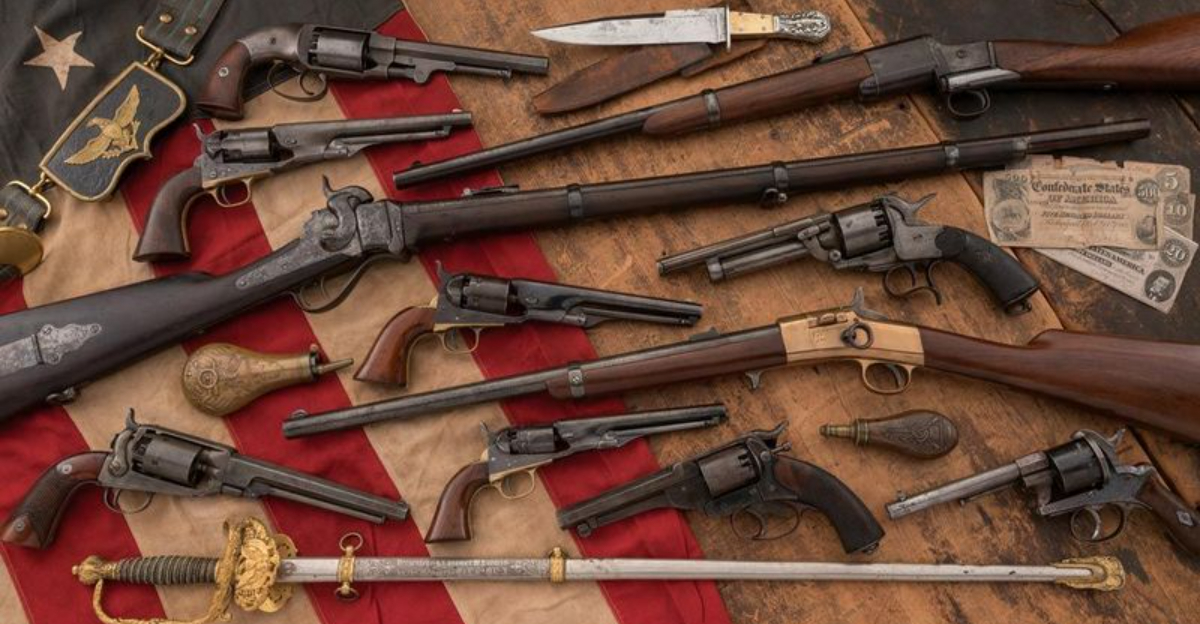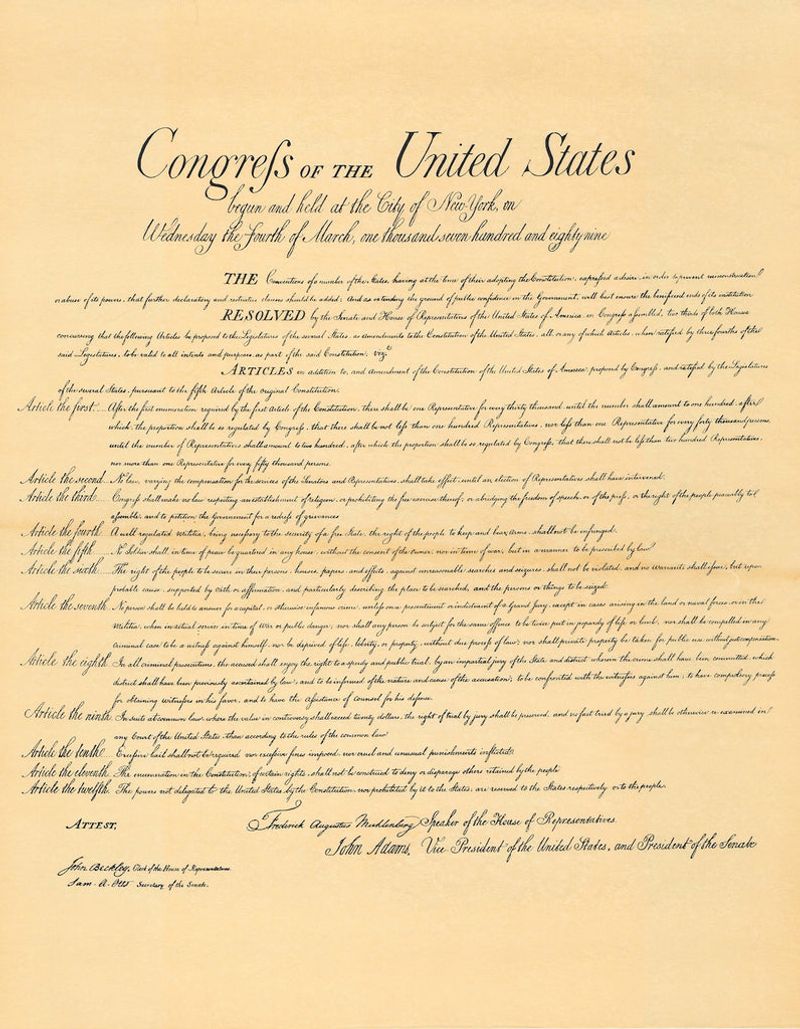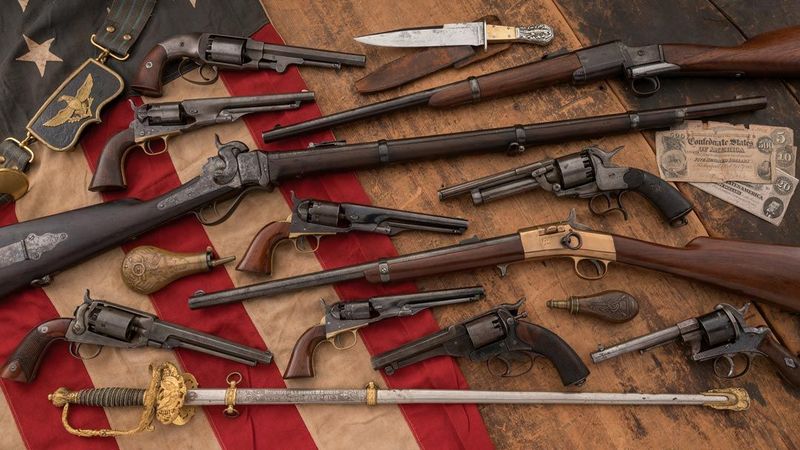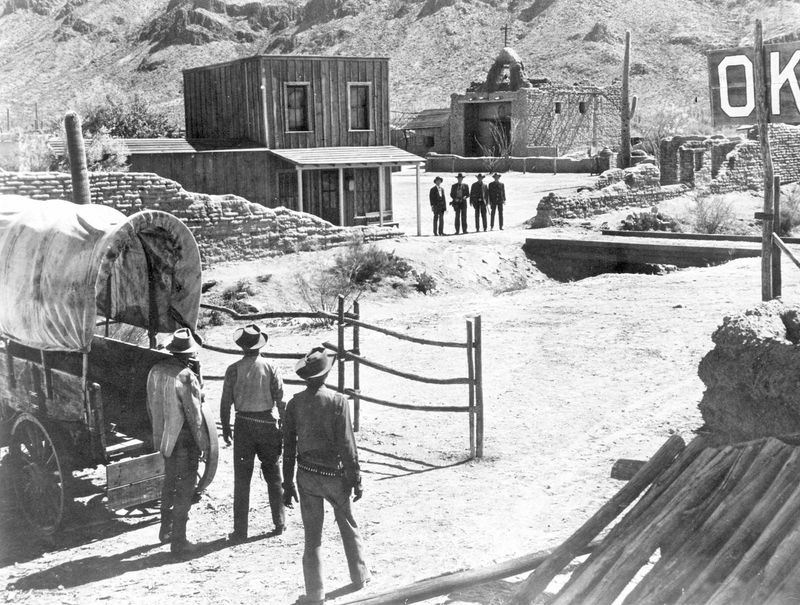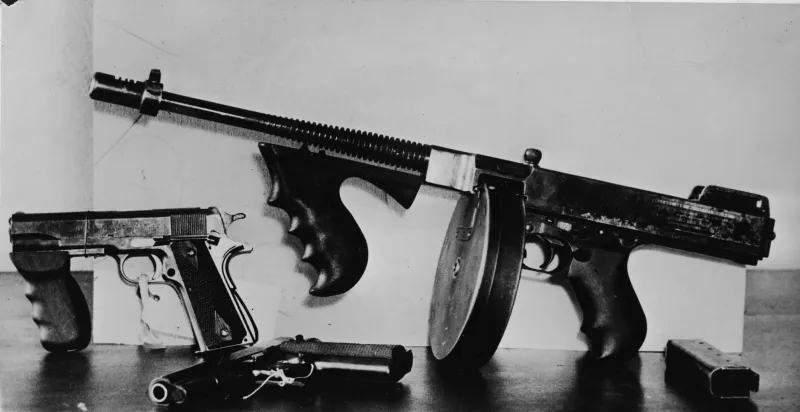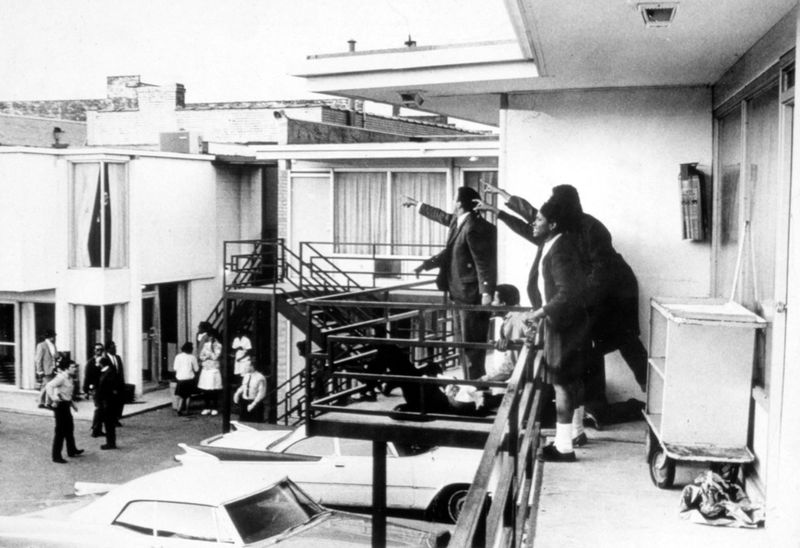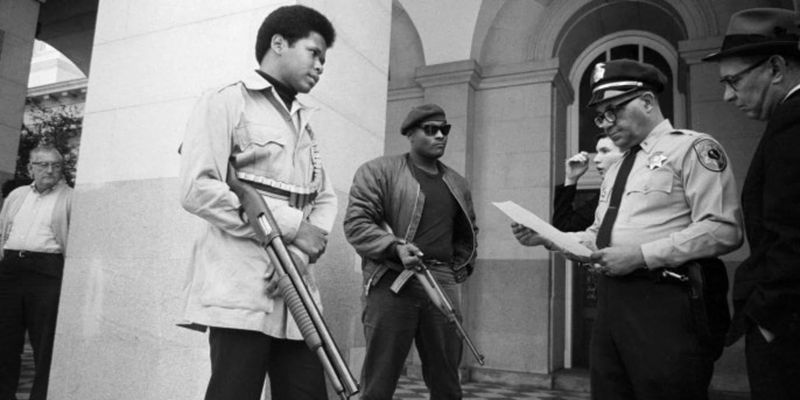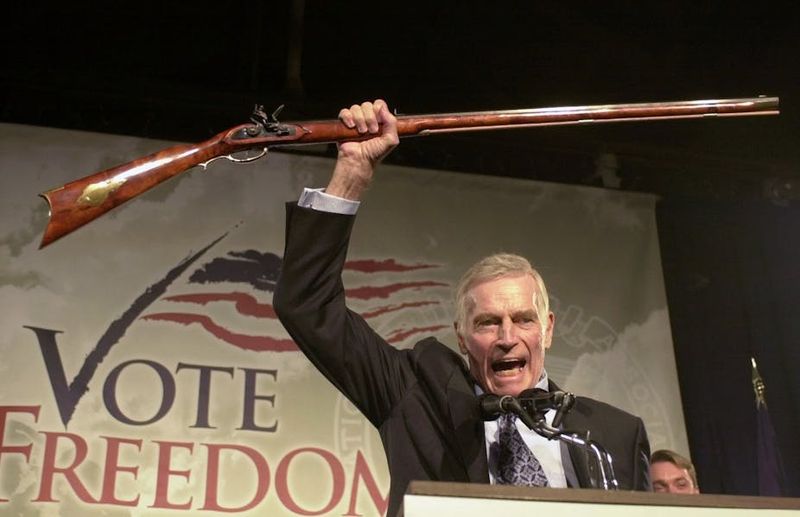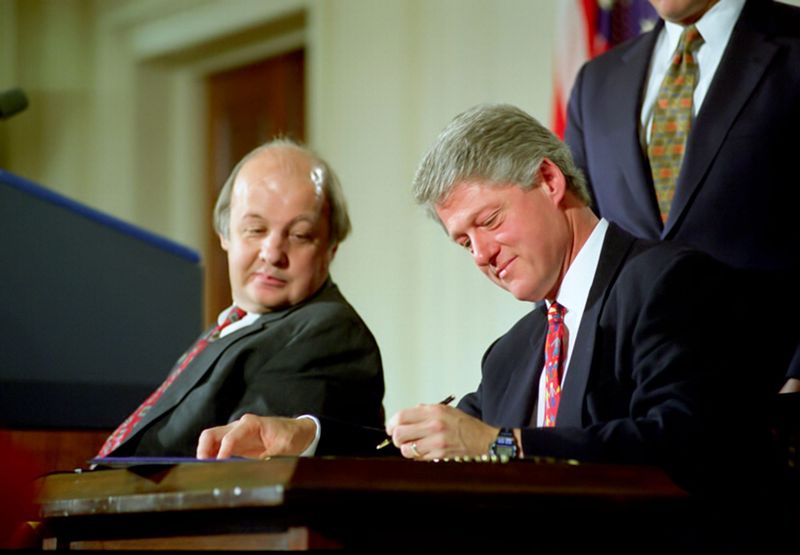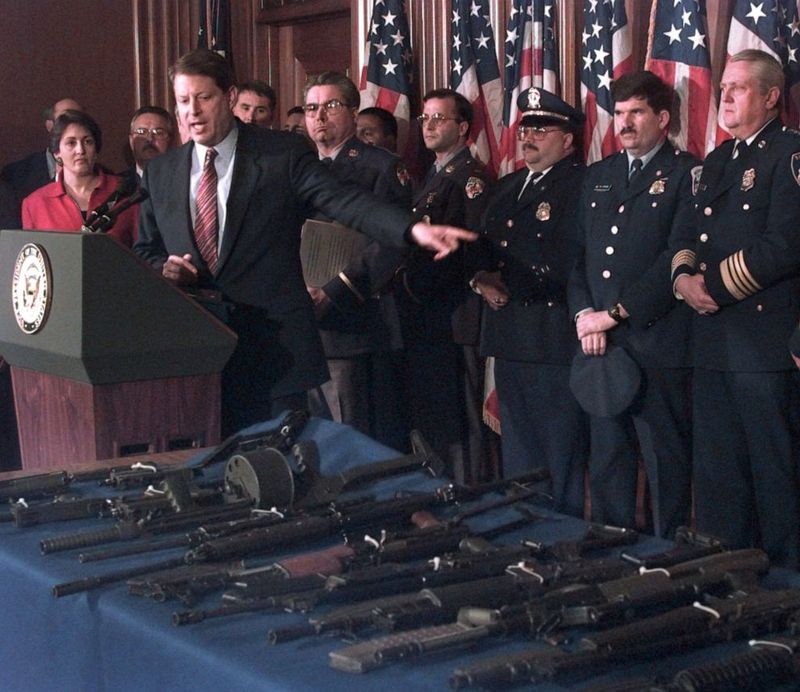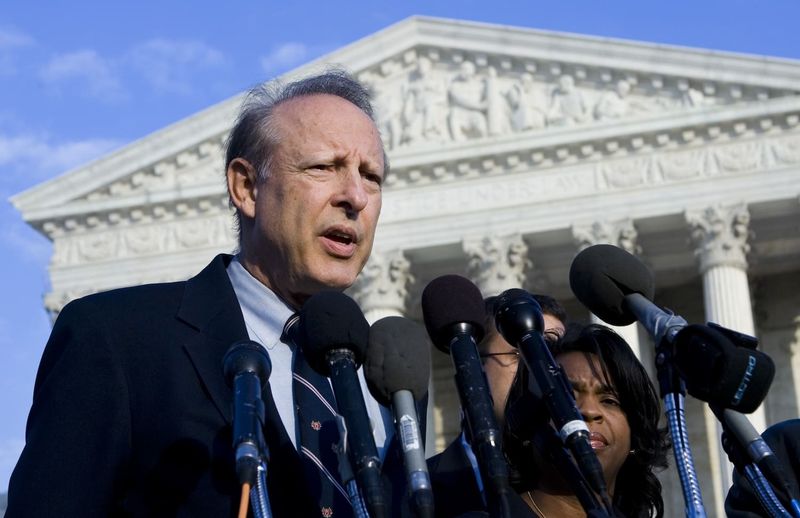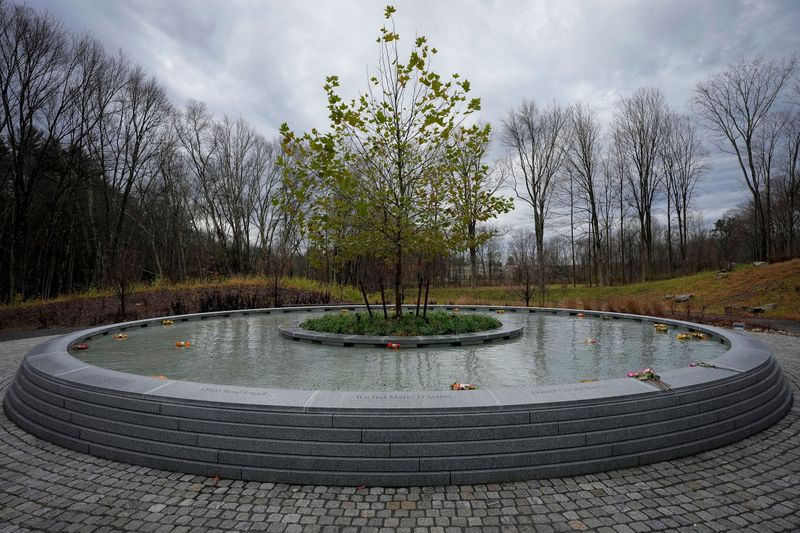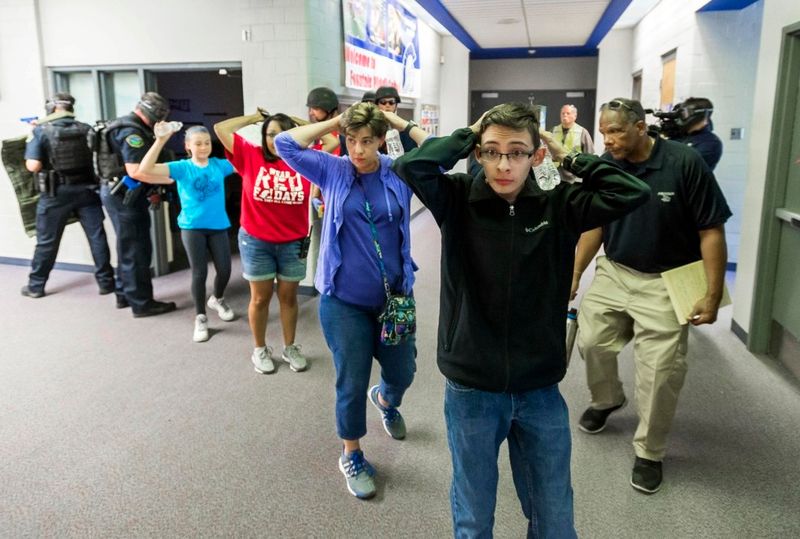Throughout American history, firearms have been at the center of debates, shaping legislation, culture, and public perception.
From the foundational Second Amendment to recent mass shootings, each key event has contributed to the nation’s complex relationship with guns.
This blog post explores 12 pivotal moments that have redefined how America views firearms, examining the historical context, legal implications, and cultural shifts accompanying each event.
Join us as we delve into the stories and consequences of these transformative times.
1. The Second Amendment (1791)
“A well-regulated Militia, being necessary to the security of a free State, the right of the people to keep and bear Arms, shall not be infringed.” This single sentence has fueled centuries of debate. Adopted in 1791, the Second Amendment is both a cornerstone and a flashpoint in America’s gun rights discourse. It has been interpreted in various ways, fueling legal battles and political campaigns. Its influence persists today, seen in the passion of advocates and opponents alike, making it a perpetual topic of contention.
2. The Civil War (1861–1865)
The Civil War marked a turning point in firearm production and distribution. As the war raged on, demand for weapons skyrocketed, leading to advancements in mass production techniques. After the conflict, surplus weapons flooded civilian markets, embedding firearms deeply into American culture. This era saw the gun become an emblem of self-reliance and frontier life. The South and West, in particular, experienced a proliferation of gun ownership, cementing the firearm’s place in American identity.
3. The Wild West Era (1865–1895)
The Wild West conjures images of dusty streets and legendary duels. This era, romanticized in countless films and stories, helped embed the gun into the American psyche. Gunfights like the one at the OK Corral became symbols of justice and freedom. They also contributed to the mythologizing of the gun as an essential tool for survival and heroism. As tales of bravery and lawlessness spread, firearms became intertwined with the notion of American rugged individualism.
4. The National Firearms Act (1934)
The violent crime wave of the 1930s, epitomized by gangsters wielding Tommy guns, spurred the first major federal gun control legislation. The National Firearms Act of 1934 introduced taxes and regulations on automatic weapons and sawed-off shotguns, aiming to curb the power of organized crime. This law marked a new era of federal involvement in gun regulation, setting a precedent for future legislation. It remains a significant step in the ongoing struggle to balance safety with constitutional rights.
5. The Assassinations of the 1960s
The 1960s were marked by profound tragedy and change. The assassinations of President John F. Kennedy, Martin Luther King Jr., and Robert F. Kennedy sent shockwaves through the nation. Each event fueled public outcry for tighter gun control, culminating in the Gun Control Act of 1968. This period highlighted the vulnerability of public figures and the power of firearms to shape history. The legislation that followed aimed to restrict access and enhance dealer regulations, reflecting a shift in societal attitudes.
6. The Gun Control Act of 1968
The Gun Control Act of 1968 was a direct response to the tumultuous events of the decade, including high-profile assassinations. It sought to impose stricter controls over firearms sales, instituting licensing for dealers and banning weapons for certain groups. This landmark legislation introduced background checks and recordkeeping requirements, laying the groundwork for future regulatory efforts. By addressing both commercial and private gun transactions, it marked a pivotal moment in America’s legislative approach to firearms.
7. The Rise of the NRA as a Political Force (1977)
Originally founded as a marksmanship and hunting organization, the NRA underwent a dramatic transformation in 1977. The group emerged as a potent political force, shaping public and political discourse on gun rights. With a focus on advocacy and lobbying, the NRA became central to the national debate on firearms legislation. Its influence grew, playing a crucial role in elections and policy-making. This shift highlighted the power of organized interest groups in shaping legislation and public opinion on gun rights.
8. The Brady Handgun Violence Prevention Act (1993)
Named after James Brady, injured during an assassination attempt on President Reagan, the Brady Act marked a significant shift in gun control policy. Enacted in 1993, it mandated federal background checks for firearms purchases and imposed a waiting period for handgun sales. This legislation aimed to prevent firearms from falling into the wrong hands, addressing public safety concerns. The Brady Act symbolized a concerted effort to balance individual rights with community safety, shaping future dialogues on gun regulation.
9. The Federal Assault Weapons Ban (1994)
The 1994 Federal Assault Weapons Ban targeted specific semi-automatic weapons and high-capacity magazines, reflecting growing concerns over gun violence. Enacted as a ten-year measure, the ban prohibited the manufacture and sale of certain firearms, aiming to reduce mass shooting incidents. Although it expired in 2004, the ban remains a contentious topic, highlighting the divide between gun rights advocates and those seeking stricter controls. Its legacy continues to influence contemporary debates on firearm regulations.
10. District of Columbia v. Heller (2008)
The landmark Supreme Court case District of Columbia v. Heller in 2008 reaffirmed the Second Amendment’s protection of an individual’s right to possess a firearm for personal use. This decision marked a significant victory for gun rights advocates, setting a precedent for future legal challenges. By emphasizing individual rights, the ruling shifted the legal landscape, influencing how courts interpret gun legislation. Heller remains a cornerstone in the ongoing debate over the balance between individual liberties and public safety.
11. The Sandy Hook Elementary School Shooting (2012)
The tragic shooting at Sandy Hook Elementary School in 2012, where 20 children and six adults lost their lives, reignited national discussions on gun control. The heartbreaking event highlighted the devastating impact of gun violence on communities. It spurred calls for reform, although major federal legislation struggled to gain traction. Sandy Hook became a symbol of the urgent need for change, focusing attention on mental health, background checks, and assault weapon bans. It remains a poignant reminder of the human cost of inaction.
12. Rise of Mass Shootings and Active Shooter Drills (2010s–Present)
The rise of mass shootings in the 2010s ushered in a new era of fear and preparation. High-profile incidents in Las Vegas, Parkland, and Uvalde underscored the need for proactive measures. Schools nationwide implemented active shooter drills, reflecting the grim reality faced by today’s youth. This period marked a shift in gun culture, characterized by heightened anxiety and polarization. As debates continue, the challenge remains to find common ground on policies that protect both constitutional rights and public safety.
